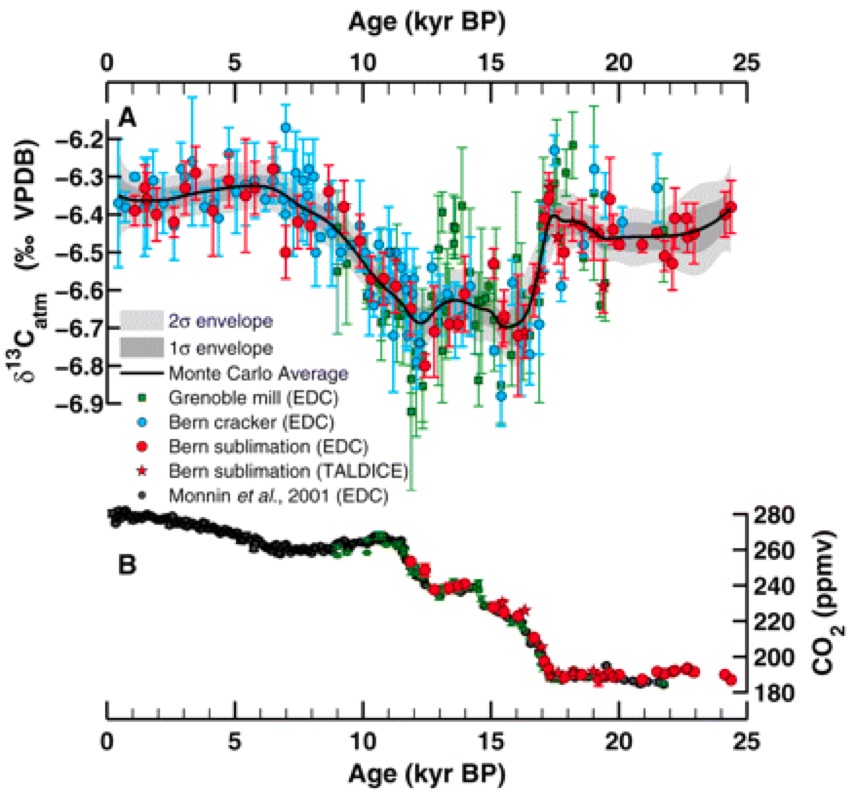Anyone who thinks that climate science is straightforward has “rocks in their head” (a term coined by geologists, perhaps?).
Because I’m flat out trying to keep up with changes in the computing and IT world, so don’t pretend to have the time to be anything more than an interested part-time observer of what’s going on in climate science (and cosmology, and mathematics, and physics, and chemistry, …).
I’ve been following meteorological science at a distance for half a century or so. The models for prediction of next week’s weather certainly do seem to be getting more accurate and reliable, yet still with the occasional surprising miscalculation: storms on a predicted sunny day, or vice versa. Extend the time scale to next month or next year and the same can’t be said, so complex are the relationships and so dependent are the models on the various assumptions upon which they’re based.
When you go from weather science to climate science, not only are the time periods so vastly longer but also the underlying assumptions are more debatable, the geographical scale so much wider and the measurements so much harder to obtain that the predictions flowing from the climate models by their nature must be rather uncertain.
I was reminded of all this when reading Unlocking the secrets to ending an Ice Age with its several charts of the type that I commented upon in this blog a few years ago (for example, The rattlesnake’s rattle).

I don’t class myself as a climate change skeptic – an appellation that unfortunately these days has a negative connotation, since all scientists should be prepared to be skeptical – but probably as a “concerned that proper science being done and that governments then strive to develop and implement appropriately sensible policies and legislation” skeptic.
Nature, complexity, myths, skepticism, caution? What am I on about?
It’s very easy to come to the wrong conclusions (and base wrong policies on these conclusion). New Scientist has recently published Climate myths: Ice cores show CO2 increases lag behind temperature rises, disproving the link to global warming [registration might be necessary to view this article] but is careful to point out:
“The lag proves that rising CO2 did not cause the initial warming as past ice ages ended, but it does not in any way contradict the idea that higher CO2 levels cause warming.”
To consider a relatively simple case, here Down Under in Australia we’re building a National Broadband Network (NBN).
Part way through the NBN roll-out there’s still considerable opposition – from the Liberal National Coalition (the federal opposition political party) as well as from some individual critics -- to the technology being implemented (FTTH / FTTP architecture) as being too costly and unwarranted.
It’s quite surprising that the debate is still so heated, considering that the technologies are so well understood (in distinct contrast to the complexities of climate science). The same coalition party also opposes the Australian Carbon Tax and it seems they’re doing so more for political than scientific reasons.
Science wasn’t meant to be easy. Nature is complex. Clear thinking is too hard for many to aspire to. Science and politics (and often, religion) don’t seem to mix well.
But it’s all worth the struggle, and can ultimately be rewarding -- plus a lot of fun!



